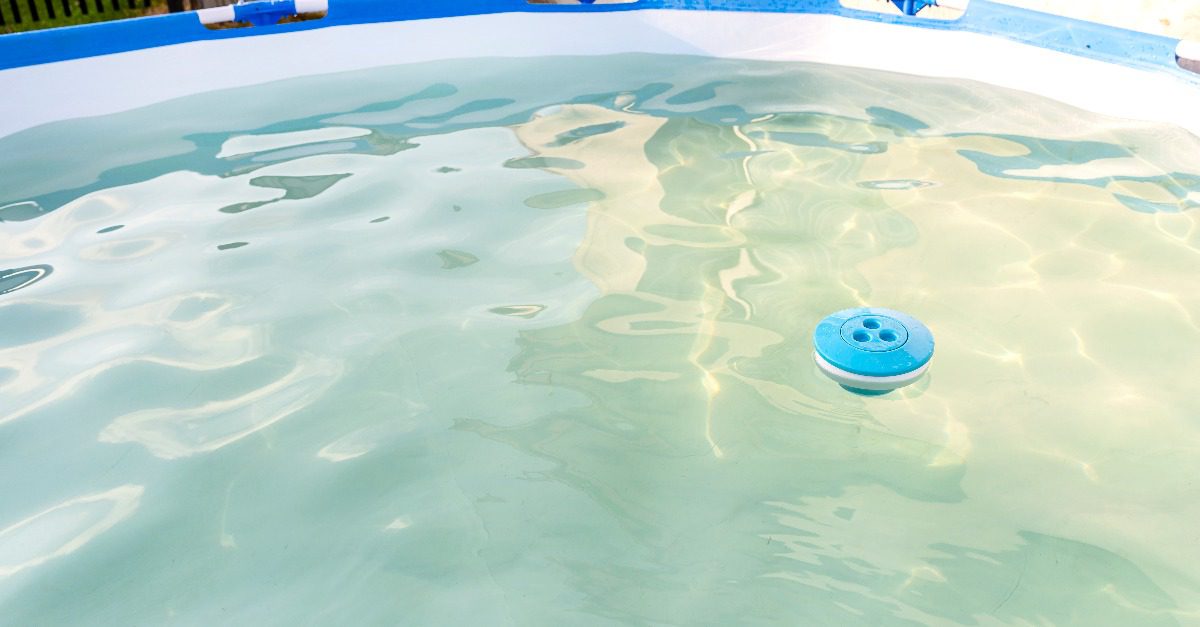The Risk is Clear: Cloudy Pools Prevent Drowning Detection

Tom Griffiths, Ed.D., Aquatic Safety Expert
8 years after the publication of the Centers for Disease Control (CDC)’s Model Aquatic Health Code, drowning incidents that occur in cloudy swimming pools which should be closed to the public, remain a continuous concern. Take the following case study for example, which involves an eleven-year-old boy who had just finished playing basketball with friends in a nearby park.
In the late afternoon, the victim and his friends went to their apartment complex pool to cool off after finishing their basketball game. The water in the swimming pool was so cloudy that the bottom could not be seen; yet, the facility remained open to residents. Although no lifeguards were on duty, pool attendants were present to maintain water chemistry, check pool passes, and maintain order. The boy, who became the victim of this drowning incident, was a weak swimmer. He asked to borrow a pair of goggles from a friend and, with the goggles in place, he let go of the side of the pool, disappearing in the deep end.
When his friends discovered he was missing, they were unsure whether he was in the swimming pool or if he went back to his apartment. After much confusion, a search of the deep end of the swimming pool was conducted by inserting long extension poles into the water, but the boy was not found. No one attempted to enter the deep end to look for the boy because of the zero-visibility caused by the water’s cloudiness. When the boy did not return home by the 8 PM curfew, which he rarely missed, an active missing persons case developed.
After collecting and recording much information about the boy, investigators decided to check the pool again on the following day. A search and rescue team came to the pool. They quickly located the boy on the bottom of the swimming pool’s deep end, approximately 12 hours after he disappeared.
It must be emphasized that the apartment complex did not employ a certified and qualified pool operator to keep the swimming pool water clean and clear. Unfortunately, this is the case with many hotel, condominium and apartment complex swimming pools. What is so egregious about cloudy swimming pools is that the national standard is for aquatic facilities to be closed to the public if the deepest point of the pool (main drain) cannot be clearly observed from the pool deck. Contrary to common belief, when a pool becomes cloudy, it is usually due to a lack of chlorine rather than a faulty pool filter.
Keeping a swimming pool crystal clear is quite easy, provided the pool operator is adequately trained and qualified. With the publication of the Model Aquatic Health Code (MAHC) by the Centers of Disease Control (CDC) in July of 2014, which requires swimming pool operators to be certified and qualified, aquatic experts hoped cloudy swimming pools will be a thing of the past. Unfortunately, similar incidents continue to occur as hotel, condominium and apartment complex swimming pools are not always maintained to these standards.


